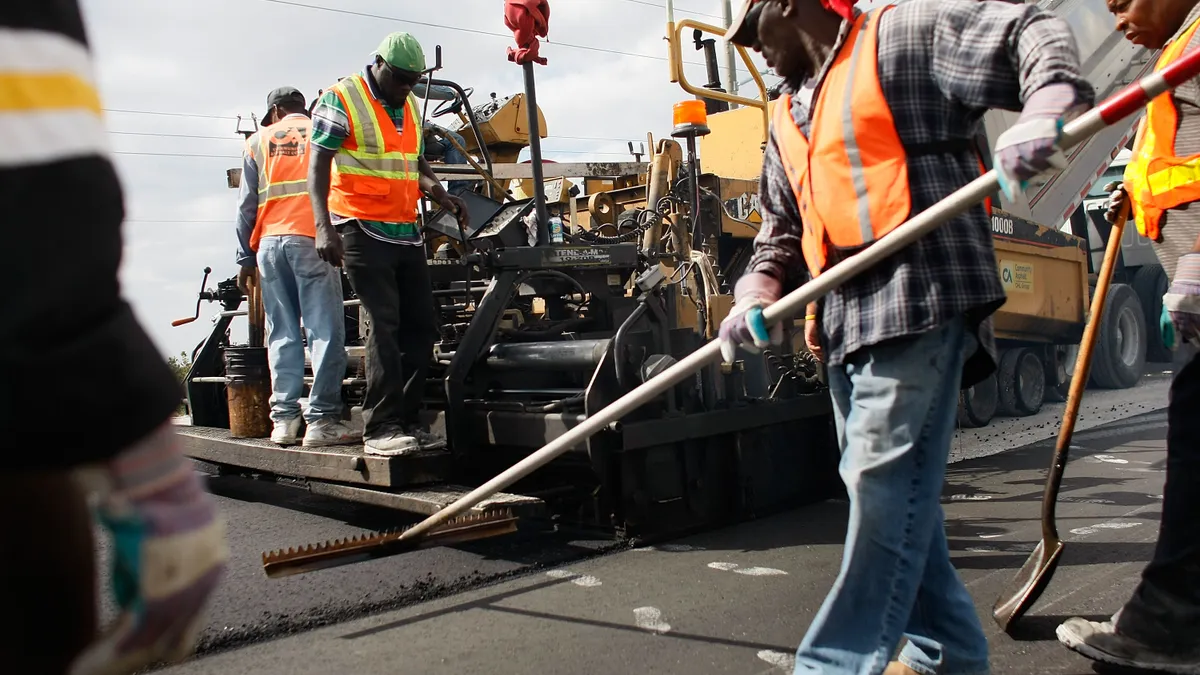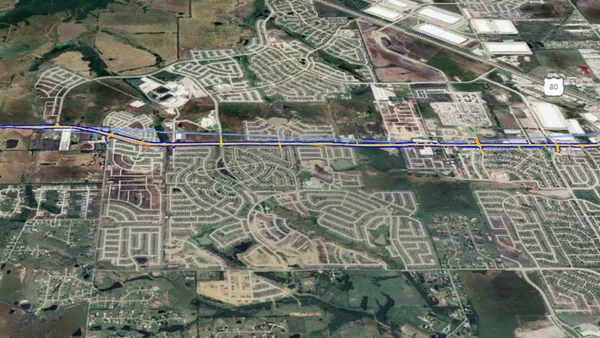Dive Brief:
- The Inflation Reduction Act contains $3 billion to fund Neighborhood Access and Equity Grants, a new program that aims to rework overbuilt arterial roads and make them safer and more accessible for various modes of transportation. President Joe Biden signed the $739 billion spending package into law on Aug. 16.
- “These grants will reconnect communities divided by existing infrastructure, mitigate negative impacts of transportation facilities or construction projects on communities and support equitable transportation planning,” according to a White House press release.
- The new grants can be used to build connections across highways and railroads, and to redesign roads that are dangerous to cross. The funding will flow through the Federal Highway Administration and can go to state, local and tribal governments.
Dive Insight:
The new grants supplement the $1 billion in funding from the Reconnecting Communities Program, created through last year’s Infrastructure Investment and Jobs Act. It aims to help jurisdictions address division of neighborhoods, pollution and other harms caused by past infrastructure projects.
The Neighborhood Access and Equity Grants can be used, for example, to cover a highway or convert it into a boulevard, add bike lanes or sound barriers, provide better connections to transit, build “green” stormwater infrastructure, add new safety features and more. Unlike IIJA money, the IRA funds cannot be used to build single-occupant car lanes.
About a third of the money is set aside for projects in low-income communities that have an anti-displacement policy, community benefits agreement and local hiring plan.
While planning experts applauded the move, according to Governing, they also warn that removing highways is costly and the funding will only go so far.
In addition to the access grants, the IRA includes other items of importance to the construction industry, such as significant expansions of tax incentives for energy efficiency improvements to buildings. The law also contains about $5 billion for various programs that aim to accelerate the construction industry’s shift toward low-embodied carbon building materials.













